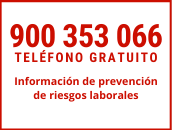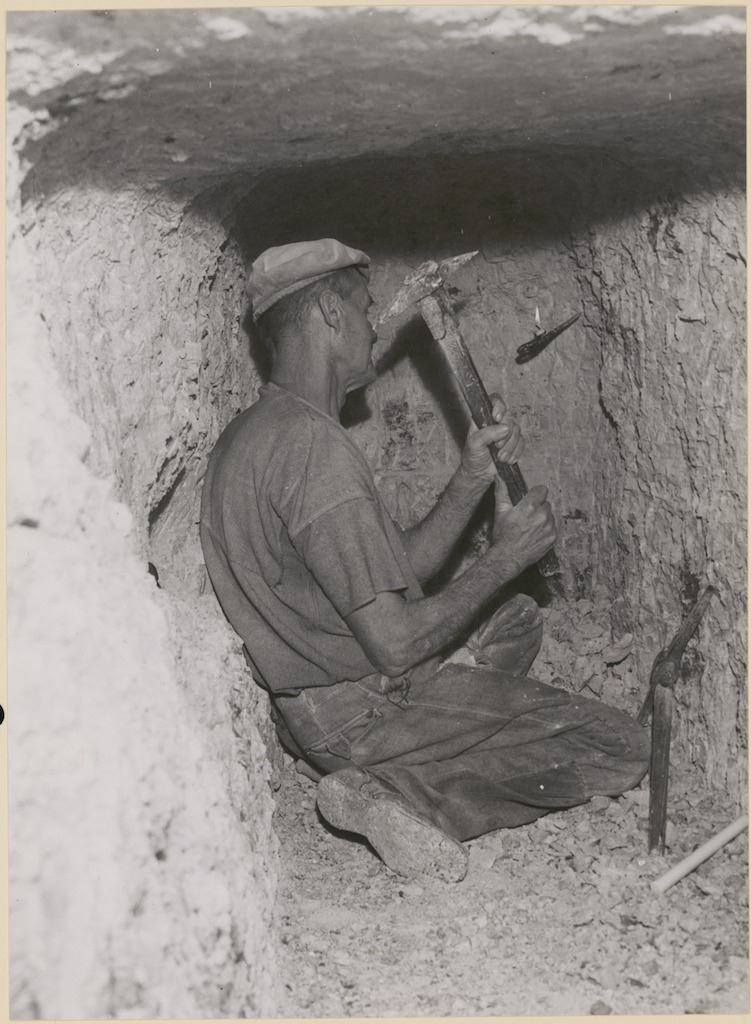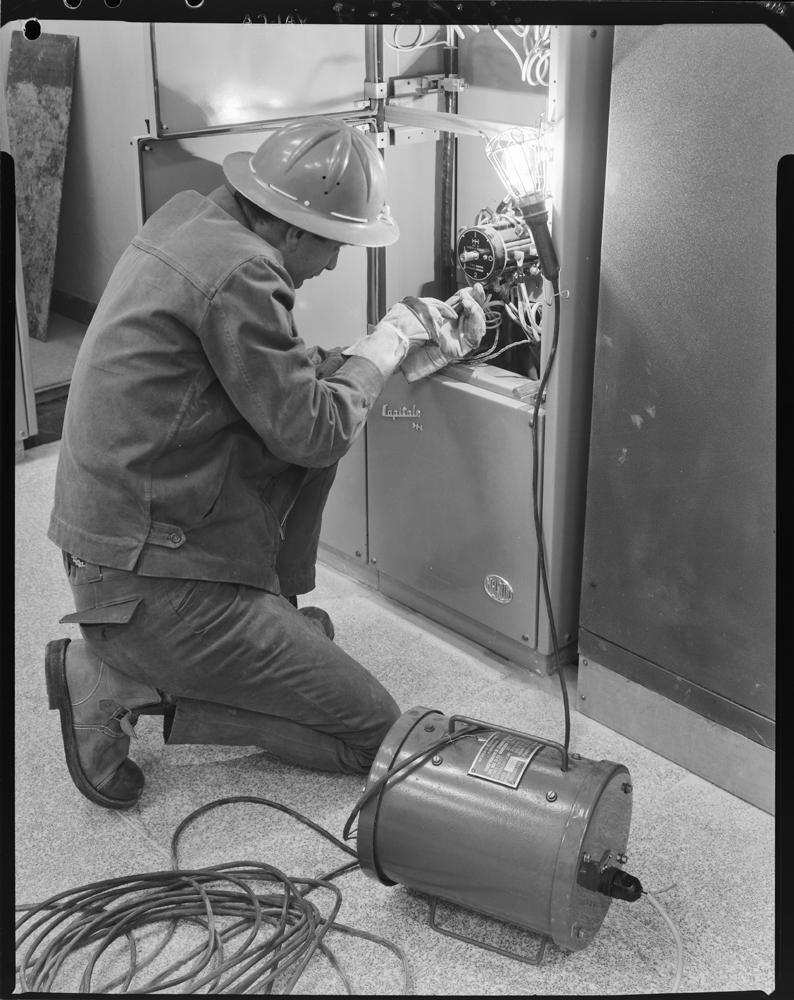ESTADOS UNIDOS. Occupational Safety and Health Administration (2009). Guidelines for Nursing Homes: Ergonomics for the Prevention of Musculoskeletal Disorders - INVASSAT
Atrás ESTADOS UNIDOS. Occupational Safety and Health Administration (2009). Guidelines for Nursing Homes: Ergonomics for the Prevention of Musculoskeletal Disorders
ESTADOS UNIDOS. Occupational Safety and Health Administration (2009). Guidelines for Nursing Homes: Ergonomics for the Prevention of Musculoskeletal Disorders
ESTADOS UNIDOS. Occupational Safety and Health Administration. Guidelines for Nursing Homes: Ergonomics for the Prevention of Musculoskeletal Disorders [online]. Whasington: Occupational Safety and Health Administration (OSHA). U.S. Department of Labor, 2009. 40 p. [Consulta 12.02.2015].
- Estas directrices ofrecen recomendaciones para los cuidadores de ancianos para ayudar a reducir el número y la gravedad de los trastornos musculoesqueléticos de origen laboral (TME) en sus instalaciones. TME incluye condiciones tales como dolor de espalda, ciática, lesiones del manguito de los rotadores, epicondilitis, y el síndrome del túnel carpiano. Las recomendaciones de estas directrices se basan en una revisión de las prácticas y programas existentes, los programas estatales de OSHA, así como la información científica disponible, y reflejar los comentarios recibidos de los representantes de comercio y asociaciones profesionales, organizaciones laborales, la comunidad médica, las empresas individuales, y otras partes interesadas.
- Estes directrius oferixen recomanacions per als cuidadors d'ancians per a ajudar a reduir el número i la gravetat dels trastorns musculoesqueléticos d'origen laboral (TME) en les seues instal·lacions. TME inclou condicions com ara dolor d'esquena, ciàtica, lesions del maneguí dels rotatius, epicondilitis, i la síndrome del túnel carpià. Les recomanacions d'estes directrius es basen en una revisió de les pràctiques i programes existents, els programes estatals d'OSHA, així com la informació científica disponible, i reflectir els comentaris rebuts dels representants de comerç i associacions professionals, organitzacions laborals, la comunitat mèdica, les empreses individuals, i altres parts interessades.
- These guidelines provide recommendations for nursing home employers to help reduce the number and severity of work-related musculoskeletal disorders (MSDs) in their facilities. MSDs include conditions such as low back pain, sciatica, rotator cuff injuries, epicondylitis, and carpal tunnel syndrome. The recommendations in these guidelines are based on a review of existing practices and programs, State OSHA programs, as well as available scientific information, and reflect comments received from representatives of trade and professional associations, labor organizations, the medical community, individual firms, and other interested parties. OSHA thanks the many organizations and individuals involved for their thoughtful comments, suggestions, and assistance. More remains to be learned about the relationship between workplace activities and the development of MSDs. However, OSHA believes that the experiences of many nursing homes provide a basis for taking action to better protect workers. As the understanding of these injuries develops and information and technology improve, the recommendations made in this document may be modified. Although these guidelines are designed specifically for nursing homes, OSHA hopes that employers with similar work environments, such as assisted living centers, homes for the disabled, homes for the aged, and hospitals will also find this information useful. OSHA also recognizes that small employers, in particular, may not have the need for as comprehensive a program as would result from implementation of every action and strategy described in these guidelines. Additionally, OSHA realizes that many small employers may need assistance in implementing an appropriate ergonomics program. That is why we emphasize the availability of the free OSHA consultation service for smaller employers. The consultation service is independent of OSHA's enforcement activity and will be making special efforts to provide help to the nursing home industry. These guidelines are advisory in nature and informational in content. They are not a new standard or regulation and do not create any new OSHA duties. Under the OSH Act, the extent of an employer's obligation to address ergonomic hazards is governed by the general duty clause. 29 U.S.C. 654(a)(1). An employer's failure to implement the guidelines is not a violation, or evidence of a violation, and may not be used as evidence of a violation, of the general duty clause. Furthermore, the fact that OSHA has developed this document is not evidence and may not be used as evidence of an employer's obligations under the general duty clause; the fact that a measure is recommended in this document but not adopted by an employer is not evidence, and may not be used as evidence, of a violation of the general duty clause. In addition, the recommendations contained herein should be adapted to the needs and resources of each individual place of employment. Thus, implementation of the guidelines may differ from site to site depending on the circumstances at each particular site.















